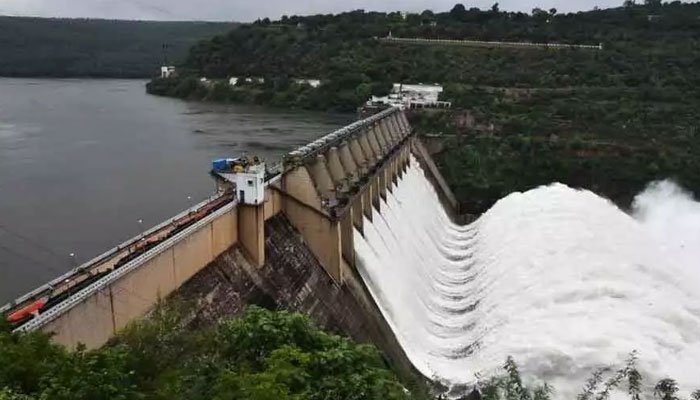Chinese Premier Li Keqiang unveiled that construction has begun on the world’s largest hydropower dam on the eastern edge of the Tibetan Plateau, with an estimated cost of at least $170 billion.
As per the media reports, the launch of the hydropower project, China’s most ambitious since the Three Gorges Dam on the Yangtze, was seized on by Chinese markets as evidence of economic stimulus, sending stock prices and bond yields higher on Monday. It is huge, and it could be one of the largest dams in the world. In fact, it may top the 10 massive dams around the world within ten years.
Comprising five cascade hydropower stations with a capacity to generate 300 billion kilowatt-hours of electricity annually, equivalent to the amount of electricity used by Britain last year, the dam will be located on the lower reaches of the Yarlung Zangbo. A section of the river drops 2,000 meters over a 50-kilometer stretch, offering huge hydropower potential.
India and Bangladesh have already raised concerns about the potential impact on millions of people downstream, while NGOs have warned of the danger to one of the plateau’s richest and most diverse ecosystems.
India & Bangladesh Raise Concerns
Beijing has said the dam will help meet electricity demand in Tibet and the rest of China and will not have a major impact on water supplies or the environment. Operations are expected sometime in the 2030s.
Wider Impact
The Chinese premier called the dam “the project of the century” and said “special emphasis should be placed on environmental protection to prevent environmental damage,” Xinhua said.
Government bond yields rose across the board. The most-traded 30-year Treasury futures hit a five-week low. The investors interpreted the news as part of China’s economic stimulus. The project marks a major boost to public investment to boost economic growth. In fact, the current drivers show signs of weakness.
“Assuming 10 years of construction, the investment/GDP boost could reach 120 billion yuan ($16.7 billion) a year,” Citi said in a note. “The actual economic benefits could go beyond that.” China has not provided an estimate of the number of jobs the project will create.
The Three Gorges, which took nearly two decades to complete, has created about a million jobs. According to state media it has displaced at least a similar number of people. Officials have not said how many people the Yarlong Zangbo project will displace.
The Yarlong Zangbo forms the Brahmaputra River as it rises in Tibet and flows south into India and eventually Bangladesh. NGOs say the dam will cause irreparable damage to the Tibetan plateau and displace millions of people downstream.
Arunachal Pradesh Chief Minister Pema Khandu said earlier this year that such a massive dam, barely 50 kilometers from the border, could dry up 80 percent of the river that flows through the Indian state, while potentially inundating low-lying areas in Arunachal and neighboring Assam. Some experts also raise concerns about a project in a seismically active zone.








